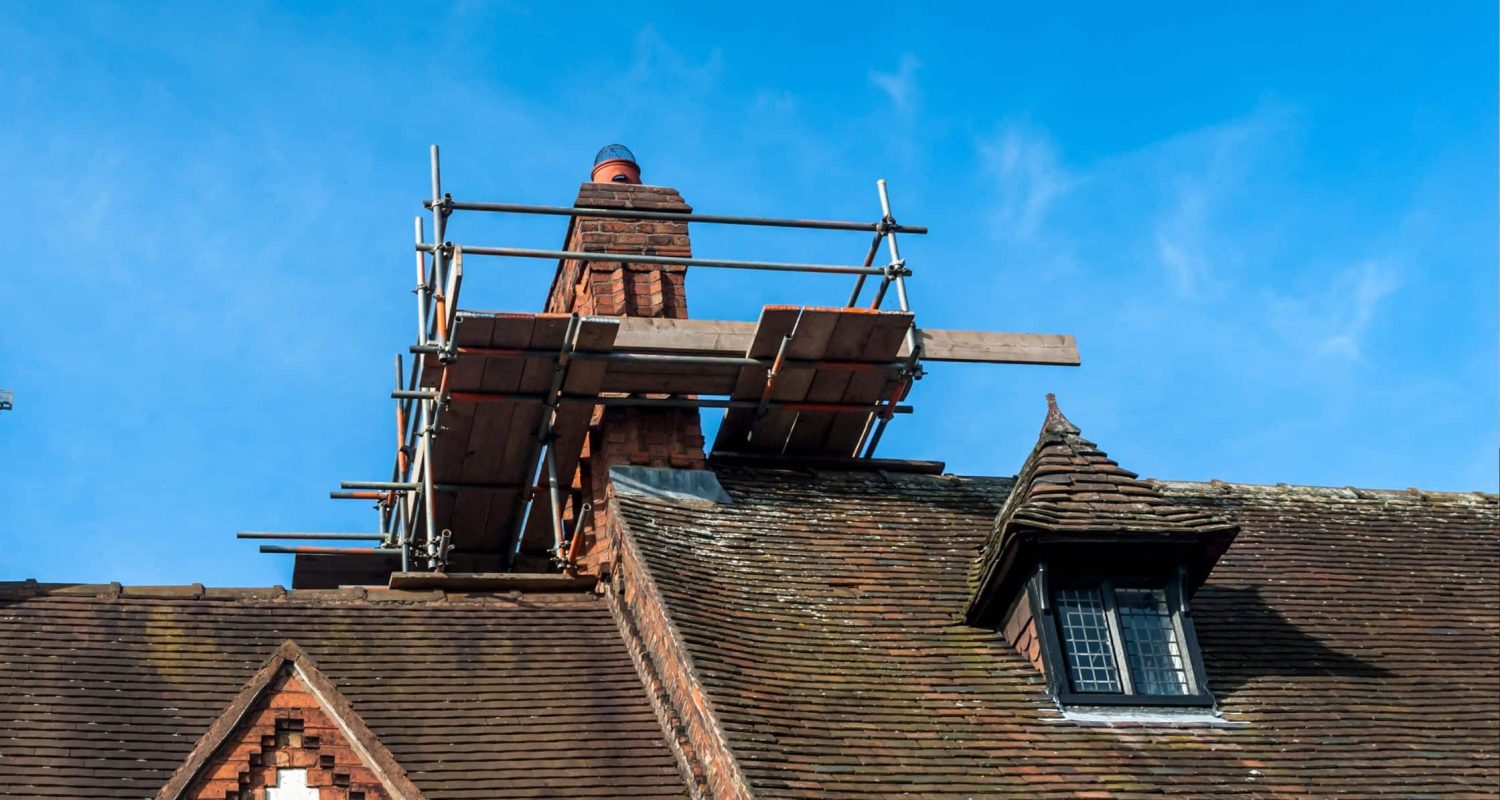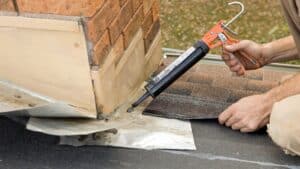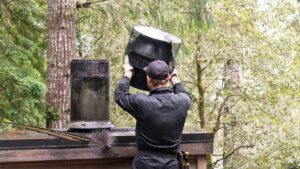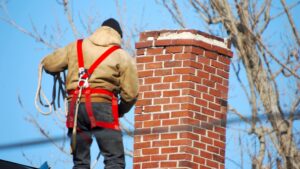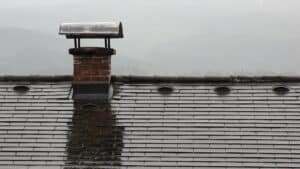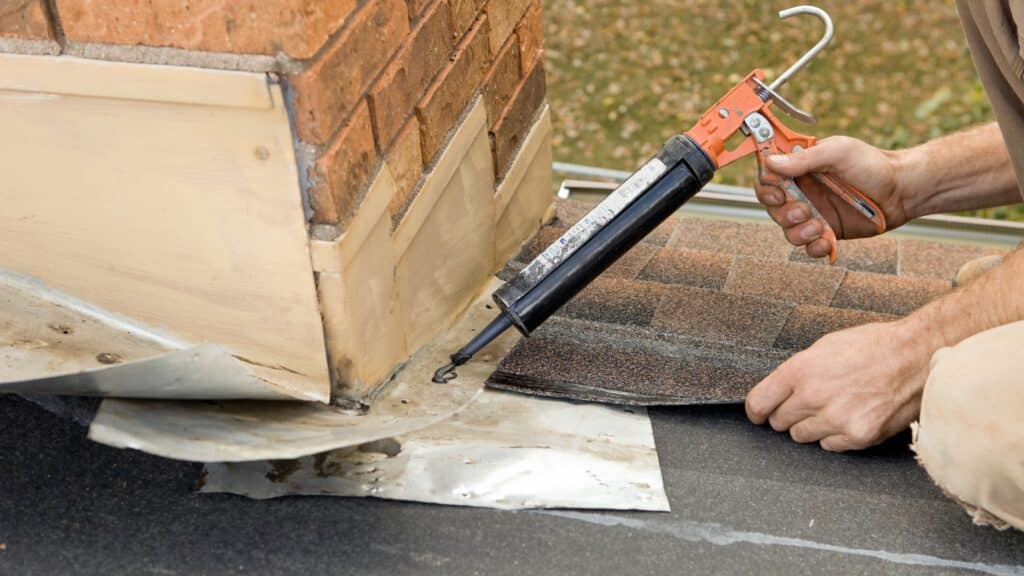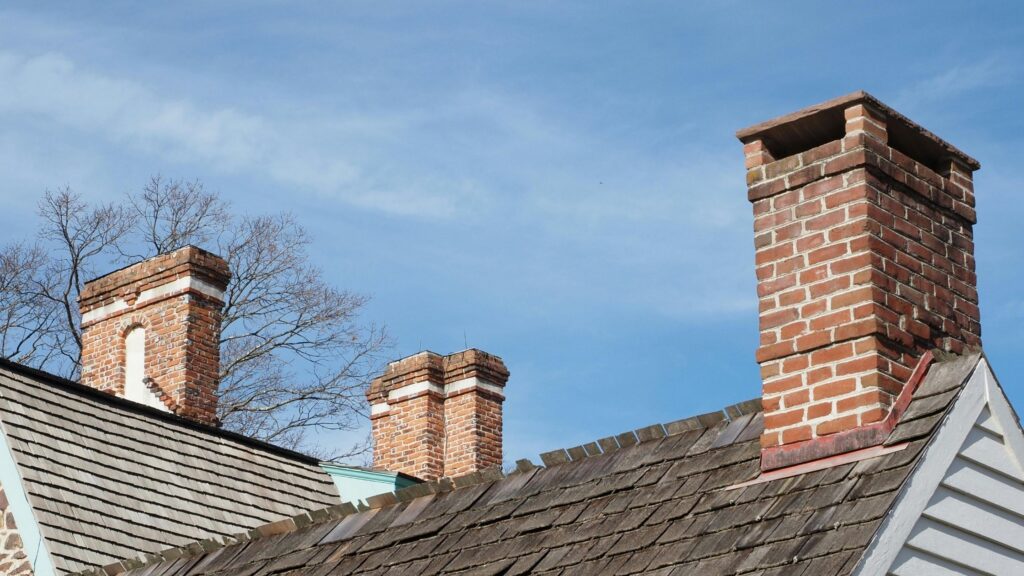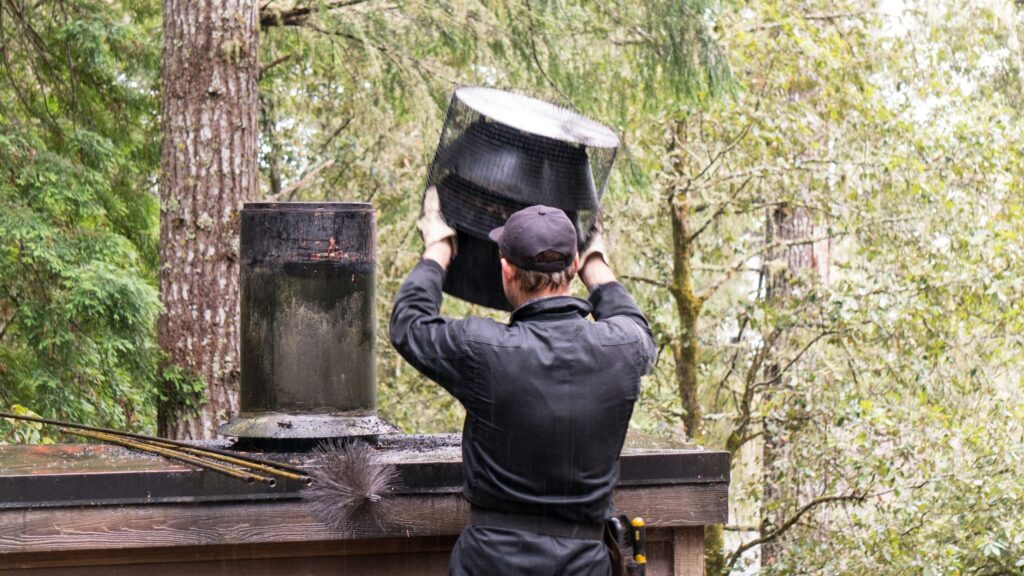Chimneys are exposed to a variety of weather conditions and, over time, may experience damage such as cracks, leaks, or even structural deterioration. When this happens, many homeowners in Catskill wonder if they need to fully rebuild their chimney, which can be a costly and time-consuming process. The good news is that in many cases, chimneys can be repaired without requiring a full rebuild. In this article, we’ll explore the types of chimney damage that can be fixed with repairs, common repair techniques, and when a full chimney rebuild might be necessary.
Understanding Different Types of Chimney Damage
Chimneys are made up of several components, each of which can experience damage over time. Understanding the type and extent of damage is the first step in determining whether a repair or rebuild is necessary. Here are some of the most common types of chimney damage:
- Cracked or Damaged Crown: The chimney crown is the topmost part of the chimney that seals the structure and prevents water from entering the flue. Over time, the crown can crack due to exposure to harsh weather. These cracks allow water to seep into the chimney, leading to further damage if not addressed.
- Deteriorating Mortar Joints: The mortar between the bricks or stones in a chimney can degrade over time due to weather exposure. This is especially common in areas like Catskill, where freeze-thaw cycles cause expansion and contraction in the mortar, eventually leading to cracks and gaps.
- Leaning Chimney: A chimney that is leaning or tilting is a sign of serious structural issues, often caused by a shifting foundation or extensive water damage. While minor leaning can sometimes be repaired, more significant tilting may require a rebuild.
- Flue Liner Damage: The flue liner protects the chimney walls from heat and corrosion. Damage to the liner, such as cracks or blockages, can be dangerous, as it increases the risk of chimney fires and improper ventilation of gases like carbon monoxide.
- Spalling Bricks: Spalling occurs when the surface of the bricks begins to chip or flake away, usually due to water damage. If left untreated, spalling can cause structural issues with the chimney.
When Is a Full Chimney Rebuild Necessary?
In some cases, a chimney is too damaged for simple repairs, and a full rebuild may be the only option. Here are a few scenarios where a rebuild might be necessary:
- Severe Structural Damage: If the chimney’s foundation is compromised or the chimney is severely leaning, the entire structure may need to be rebuilt to ensure safety and stability.
- Extensive Water Damage: If water has caused significant damage to the chimney’s interior and exterior, including the flue liner, mortar, and masonry, a full rebuild may be required to restore the chimney’s integrity.
- Chimney Fire Damage: If your chimney has experienced a fire, the high heat can cause extensive damage to the structure. In many cases, rebuilding is the safest option after a chimney fire.
Repairing a Chimney Without a Full Rebuild: Common Techniques
In many cases, chimney damage can be repaired without the need for a complete rebuild. Here are some common repair techniques that professionals use to restore a chimney’s functionality and appearance:
- Tuckpointing: One of the most common chimney repair methods is tuckpointing, which involves removing and replacing damaged or deteriorated mortar from the joints between the bricks or stones. This process not only improves the chimney’s appearance but also strengthens the structure by preventing water from entering through the mortar joints. Tuckpointing is a cost-effective solution for chimneys with minor to moderate mortar damage.
- Crown Repair: If the chimney crown is cracked but the overall structure of the chimney is still sound, a professional can repair the crown using specialized sealants or resurfacing products. Crown repairs prevent water from seeping into the chimney and causing further damage to the bricks and mortar.
- Chimney Relining: A damaged or deteriorated flue liner can be replaced without rebuilding the entire chimney. Chimney relining involves inserting a new liner, typically made of stainless steel or clay, to protect the chimney walls and ensure proper ventilation of gases. Relining is an effective way to repair a chimney that has experienced heat or water damage.
- Replacing Spalled Bricks: Spalled bricks can be replaced individually without requiring a full chimney rebuild. A professional will remove the damaged bricks and replace them with new ones, matching the color and style of the original chimney. This helps maintain the chimney’s structural integrity while restoring its appearance.
- Waterproofing: If your chimney has minor water damage, waterproofing can be an effective preventative measure. A professional can apply a waterproofing sealant to the exterior of the chimney to prevent future water intrusion. This is especially important in climates like Catskill, where heavy rain and snow can cause significant water damage over time.
Chimney Relining vs. Rebuilding: What You Need to Know
Chimney relining is a common alternative to a full rebuild, especially when the damage is isolated to the flue. Here’s what you need to know about chimney relining and how it compares to rebuilding:
- Purpose of Relining: The primary function of a chimney liner is to protect the chimney walls from the high heat of combustion and to properly vent dangerous gases. Over time, liners can crack or corrode, especially if moisture enters the chimney. Chimney relining involves installing a new liner to restore the chimney’s functionality without rebuilding the structure.
- Materials Used: Chimney liners can be made from clay, stainless steel, or aluminum. Stainless steel liners are the most durable and are typically used when relining chimneys that serve wood-burning fireplaces or stoves. The material chosen depends on the type of fuel used and the condition of the existing chimney.
- Cost-Effective Solution: Compared to a full rebuild, relining is a more affordable option that can extend the life of your chimney. Relining addresses issues like cracked liners or poor ventilation, ensuring your chimney operates safely.
Assessing the Condition of Your Chimney: When to Repair and When to Rebuild
Deciding whether to repair or rebuild your chimney depends on the extent of the damage and the long-term viability of the structure. Here are some guidelines to help you assess your chimney’s condition:
- Minor Damage: For minor cracks, mortar deterioration, or damage to individual bricks, repair techniques like tuckpointing or relining are often sufficient to restore the chimney’s functionality and prevent further damage.
- Moderate Damage: If the damage is more widespread but the chimney’s foundation is still intact, extensive repairs like crown restoration, relining, or replacing spalled bricks can address the issues without the need for a full rebuild.
- Severe Damage: If your chimney is leaning significantly, has major structural issues, or has experienced a fire, a full rebuild may be the only option. In such cases, rebuilding the chimney ensures that it is safe and compliant with current building codes.
Conclusion
In many cases, chimney damage can be repaired without the need for a full rebuild, saving you both time and money. Techniques like tuckpointing, relining, and crown repairs can effectively address common issues such as deteriorating mortar, cracked liners, and water damage. However, in cases of severe structural damage or chimney fires, a full rebuild may be necessary.
If you’re concerned about the condition of your chimney, contact True Ventilation in Catskill. Our experienced team will assess the damage and recommend the best solution, whether it’s a simple repair or a complete rebuild. Keep your chimney safe and functional with professional care from True Ventilation!
Call us at 888-775-9498 or email us at trueventilation@gmail.com.



